Suitable pear varieties for the middle zone
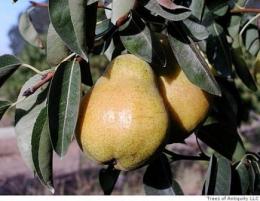
Pears They belong to the pome family, and if they are compared with apple trees, then their frequency of fruiting is less pronounced. Therefore they are more high maintenance, which greatly affects the ability of annual fruiting.
Content:
- general characteristics
- The most popular pear varieties for the middle zone
- Summer pears
- Autumn pears
- Winter pears
general characteristics
They are characterized by more pronounced bud awakening, as well as a lower number of shoots than apple trees.
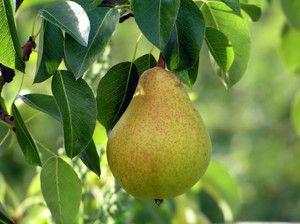
They have a pronounced natural tendency to throw the main trunk upward, so when forming cup-shaped crowns, this must be taken into account, constantly bending down the shoots necessary for growth and plucking out unnecessary ones.
Besides, at the pears good subordination of branches in the crown, so thickening is less pronounced than in most apple trees.
The most popular pear varieties for the middle zone
Currently, pear varieties for the middle zone number just over 30 varieties, including summer, autumn and winter varieties.
Summer pears
Summer varieties of pears ripen towards the end of summer and are stored very briefly, traces of rotting, even under the most optimal conditions, appear on summer pears within 1.5-2 weeks after harvest.

- “Seedless” is a wonderful summer variety with fruits that have a short tip, are shaped like apples, and are greenish-yellow in color with a pink blush. The pulp of a ripe pear is tender, very juicy, moderately sweet.Medium-sized trees with a pronounced pyramidal crown, not dense. Winter hardiness is high. Poor resistance has been noted for scab.
- The early summer variety "Lada" has cone-shaped, medium-sized yellow fruits. Lada has a sour-sweet taste and is resistant to frost and scab. Medium-sized trees with a funnel-shaped crown. The crown becomes cone-shaped over time, the density is average. Fruiting is regular.
- The most famous summer dessert variety, “Duchess,” has fruits that are classically pear-shaped, small in size, and have thick skin. A ripe pear is yellow-green with a purple blush and dark red dots on its tanned side. The pulp of Duchess is grainy, sweet, with a slight sour tint. A medium-sized tree with an asymmetrical pyramidal crown. Trees suffer from drought and frost.
- The “buttery” pear got its name due to its very tender, oily, juicy white pulp. Pear fruits are large, regular in shape, yellow-green in color with red stripes. The skin is thin and vulnerable, and the taste is sweet, slightly sour.
- “Clapp's Favorite” is a summer pear with melting tender flesh, with pleasant hints of sweet and sour taste. This pear variety has ovoid fruits with yellow smooth skin and is of medium size. “Clapp’s Favorite” has a pyramidal, sparse crown that becomes rounded with age. Considerable resistance to frost and drought. Affected by scab.
- “Rogneda” is a late summer pear with round, shiny light yellow fruits, with aromatic beige pulp with a nutmeg flavor. The crown is sparse, round-oval, the trees are medium-sized. The harvest can be stored in cool storage for almost 3 months. Resistance to most fungi and winter hardiness are noted.Pronounced frequency of fruiting.
- “Vidnaya” is a late-summer pear with elongated, symmetrical fruits of a greenish tint. The pulp is compacted, sweet and sour, very juicy, good quality taste. The crown is conical (pyramidal), of medium density. The trees are vigorous. Uneven ripening of fruits; ripe fruits are not stored. Productivity is high. Pear is resistant to frost and scab.
Autumn pears
Autumn varieties are more resistant to storage and ripen by the second half of September. In a cool, dark place, autumn pears wrapped in paper or straw will keep for about a month.
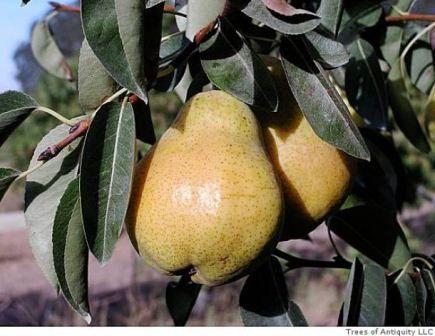
- “Marble” is an early autumn pear with greenish, smooth, conical fruits of regular shape. The pulp is melting, grainy, tender, juicy, sweet with a subtle aroma. Medium-sized trees with a conical (pyramidal) crown. If there is a lack of moisture, the crop crumbles. High resistance to scab is noted.
- The “Naryadnaya Efimova” variety is an autumn variety, characterized by winter hardiness and resistance to scab. The fruits are elongated, medium in size, yellow-green with purple sides, sweet in taste. The pulp is creamy, oily, with a subtle delicate aroma. Productivity is high. Remarkable commercial qualities of pear fruits when harvested slightly unripe.
- “Yakovlev’s Favorite” is a large-fruited pear, orange in color with a transparent blush. It produces sweet and sour fruits every year and in large quantities. The pulp is juicy, creamy, without astringency, granular. Since the variety is not self-fertile, the plantings are supplemented with summer Duchess as a pollinator. High winter hardiness.
- “Bere Moskovskaya” is an autumn young variety with slightly asymmetrical, lumpy yellowish fruits with a pronounced blush.The variety has semi-oily flesh, pleasant, juicy, and a taste with a sweet and sour tint. The crown of "Bere Moskovskaya" is of medium density, rounded, the trees are medium-sized. Excellent winter hardiness and immunity to fruit rot and scab.
- The Otradnenskaya variety is considered the leader among autumn varieties in terms of yield. The fruits are greenish-red, slightly ribbed, almost round. Belongs to technical grades, suitable for blanks. Regular fruiting, good transportability of fruits. The pear is resistant to cold and scab. The variety is partially self-fertile; good pollinators for this variety are: Naryadnaya Efimova, Mramornaya.
Winter pears
At the beginning of October, you can begin collecting winter varieties of pears, which will delight you with their juicy, tart taste, under the right storage conditions, until January of next year, or even longer.
- “Pervomayskaya” is a winter pear with regular pear-shaped fruits with a waxy coating on the skin. The color during the harvesting period is mainly green, and yellow appears when consumer maturity occurs. The pulp is dense, creamy, surprisingly juicy with a pronounced aroma. The Pervomayskaya pear has a very good compact crown. Resistance to frost and a complex of fungal diseases is noted. The fruits are consumed over 200 days.
Pear varieties for the middle zone are resistant to harsh winters and major diseases. All attempts to grow southern varieties of pears in the middle zone were unsuccessful, since in winters when the air temperature dropped below 25 degrees, the trees froze.

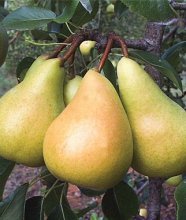
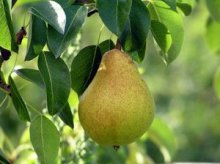
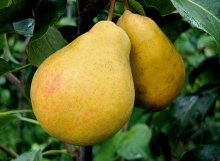
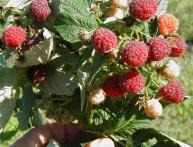
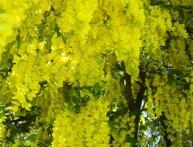
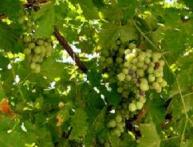
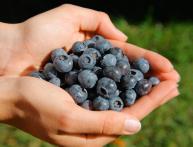
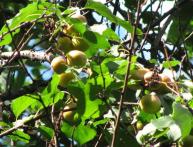
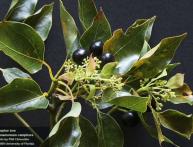
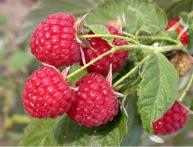
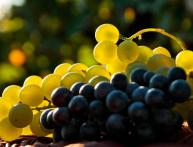
Comments
Our “Pervomayskaya” pear has been growing for several years now. The pear is tasty both on its own and in preserves - compotes, jams, and can be stored for a long time in its usual form, which is what attracts me.In general, it seems to me that this is the most worthwhile and unpretentious variety of pear for the middle zone.
But I just can’t get the pear to grow. I really love these fruits, but for some reason the tree doesn’t take root. How many times have I pinched the seedlings, but the result is always the same - either it dries up almost immediately, then it gives the first harvest, and then it is empty. I just don’t know what to do.
I also have some problems with the pear. All the time the seedlings cannot take root. We should probably try different varieties. Although there are no such problems with apple trees. Out of 5 seedlings, only one did not take root.